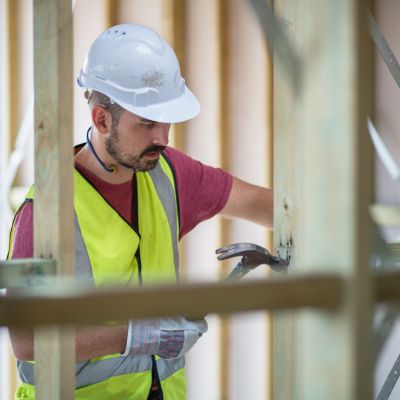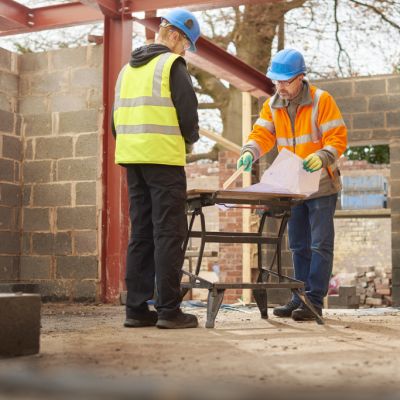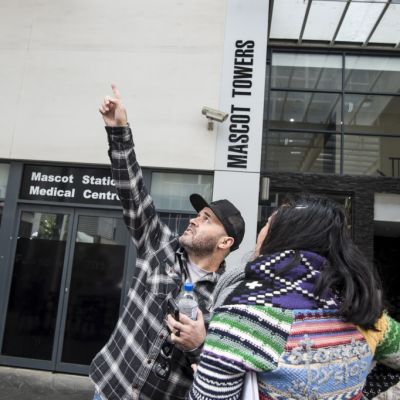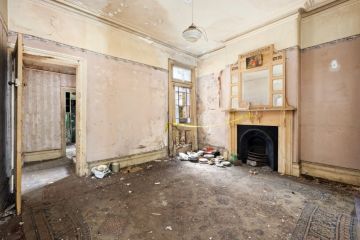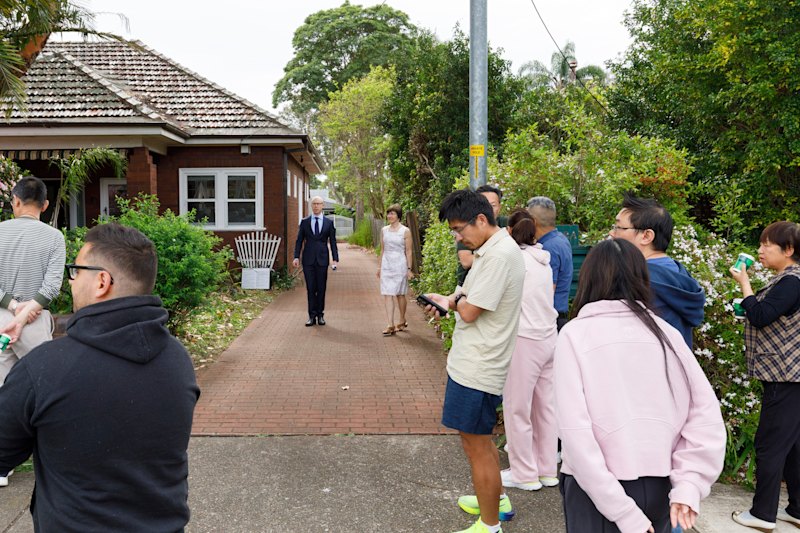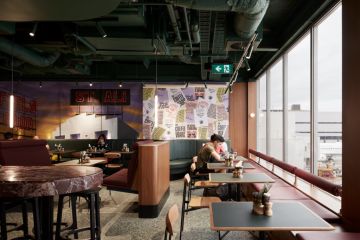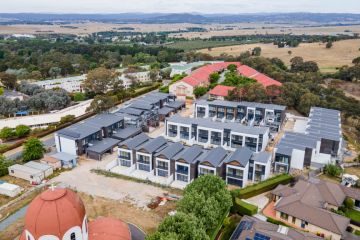Homeowners urged to test for legacy asbestos before renovations: experts
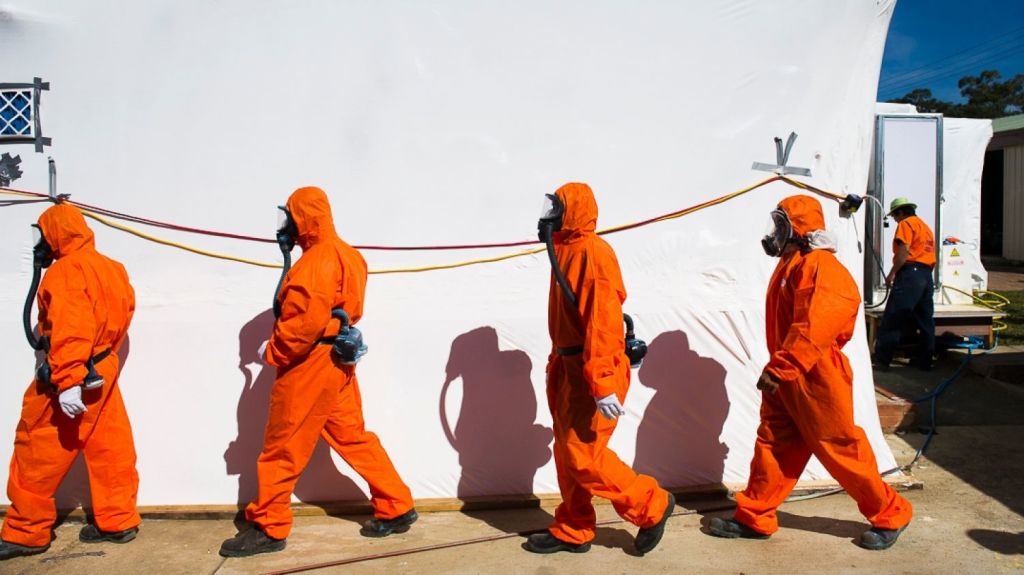
Homeowners are being warned by experts of the high chances of coming across legacy asbestos while the country is in the midst of a renovation boom, with one in three homes estimated to contain the toxic material.
Australians have spent billions of dollars on improving their homes since the pandemic began, with much of that activity spurred on by lockdowns.
About six in 10 Australians have renovated or maintained their home themselves, according to research commissioned by the Asbestos Safety and Eradication Agency. It also found that 40 per cent of DIY-ers have worked on a property with asbestos risk, which is any home built between 1940 and 1990.
While asbestos was completely banned in Australia by the end of 2003, many people are unaware of how prevalent the material is in existing homes. It was used in over 3000 products before 1990, many of these in residential properties.
The ASEA’s chief executive, Justine Ross, urged homeowners who were planning to renovate to engage a licenced expert to assess the presence of asbestos in any property built before the 1990s.
“Early on the pandemic there was definitely an increase in asbestos removal,” she said. “The home becomes a workplace. Then those workplace regulations kick in. But even outside of those contexts, all jurisdictions impose a duty on homeowners to keep people safe and the people around them safe.”
She said homeowners removing asbestos without a licensed asbestos removalist were not only breaching public health laws but could be endangering themselves, their family and their neighbours.
“In the long run, both the assessment and the removal is going to be much cheaper than going ahead yourself and cleaning up the mess, which is going to cost you a hell of a lot of money [when it goes wrong],” Ms Ross said.
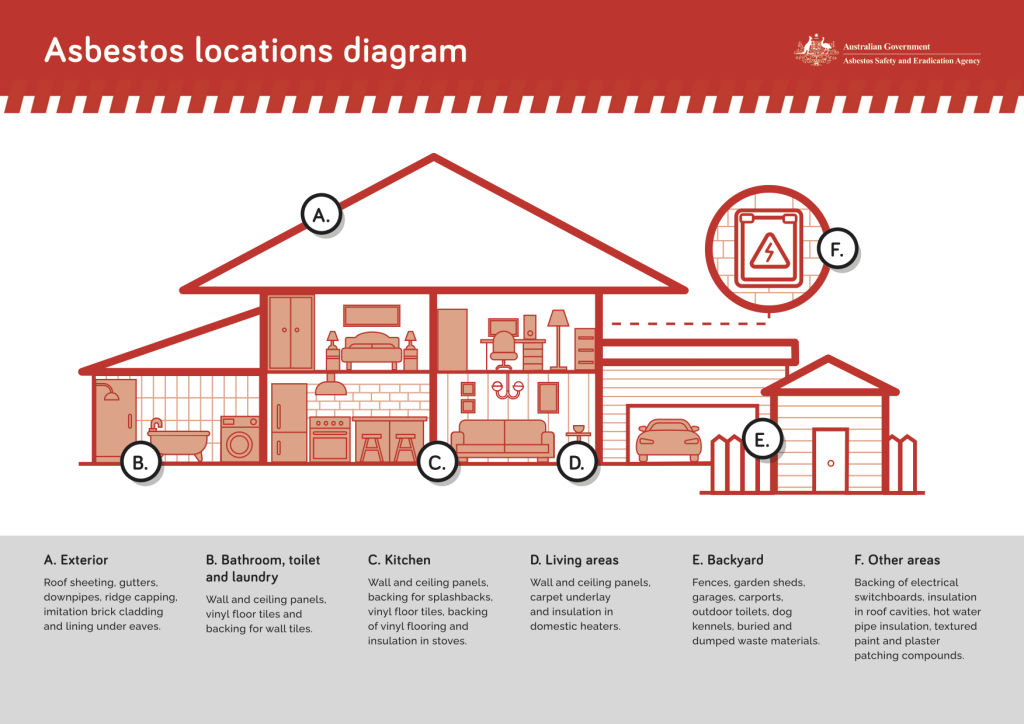
Common examples of where asbestos can be found in homes built before 1990 include wall and ceilings panels, particularly in wet areas such as the kitchen bathroom, toilet and laundry.
It can also be commonly found in vinyl floor tiles, carpet underlay, insulation in domestic heaters, the backing of electrical switchboards, insulation in roof cavities, hot water pipe insulation and even in textured paint and plaster patching compounds.
Outside the home, it can be found in roof sheeting, gutters, downpipes and the lining under eaves, as well as fences, carports, garages and even buried and dumped waste materials.
In Melbourne, Myers Asbestos Removal director Lesley Myers said he had seen more people ask for tests and removal in the past year, particularly since renovation shows increased in popularity.
“Everybody gets the idea they can do it themselves but then they realise halfway that they can’t,” Mr Myer said, adding that it would be silly not to get an assessment done, as companies like his did free appraisals.
Those who don’t, he said, were “exposing themselves, their family and their neighbours to asbestos fibres – they’re very light and can float around for two weeks”.
While homeowners in NSW and Victoria were allowed to remove 10 square metres of non-friable asbestos – which means it cannot be crumbled, pulverised or reduced to a powder by hand – with the appropriate protective equipment, it was not recommended, said Roger Fraser, director of All Care Asbestos Removal Melbourne.
“People have to be careful if they don’t know what they’re doing. It is a bit risky,” he said.
In Sydney, Airsafe senior occupational hygienist Joshua Martin said the company had seen an increase in people testing samples before going ahead with renovations.
He urged homeowners to test their properties even if builders assured them there were low levels or no asbestos.
“The big one is not trusting the builder’s advice and getting it tested anyway. Anything that is not plasterboard or wood, we recommend getting tested,” Mr Martin said.
States
Capital Cities
Capital Cities - Rentals
Popular Areas
Allhomes
More
- © 2025, CoStar Group Inc.
